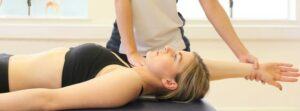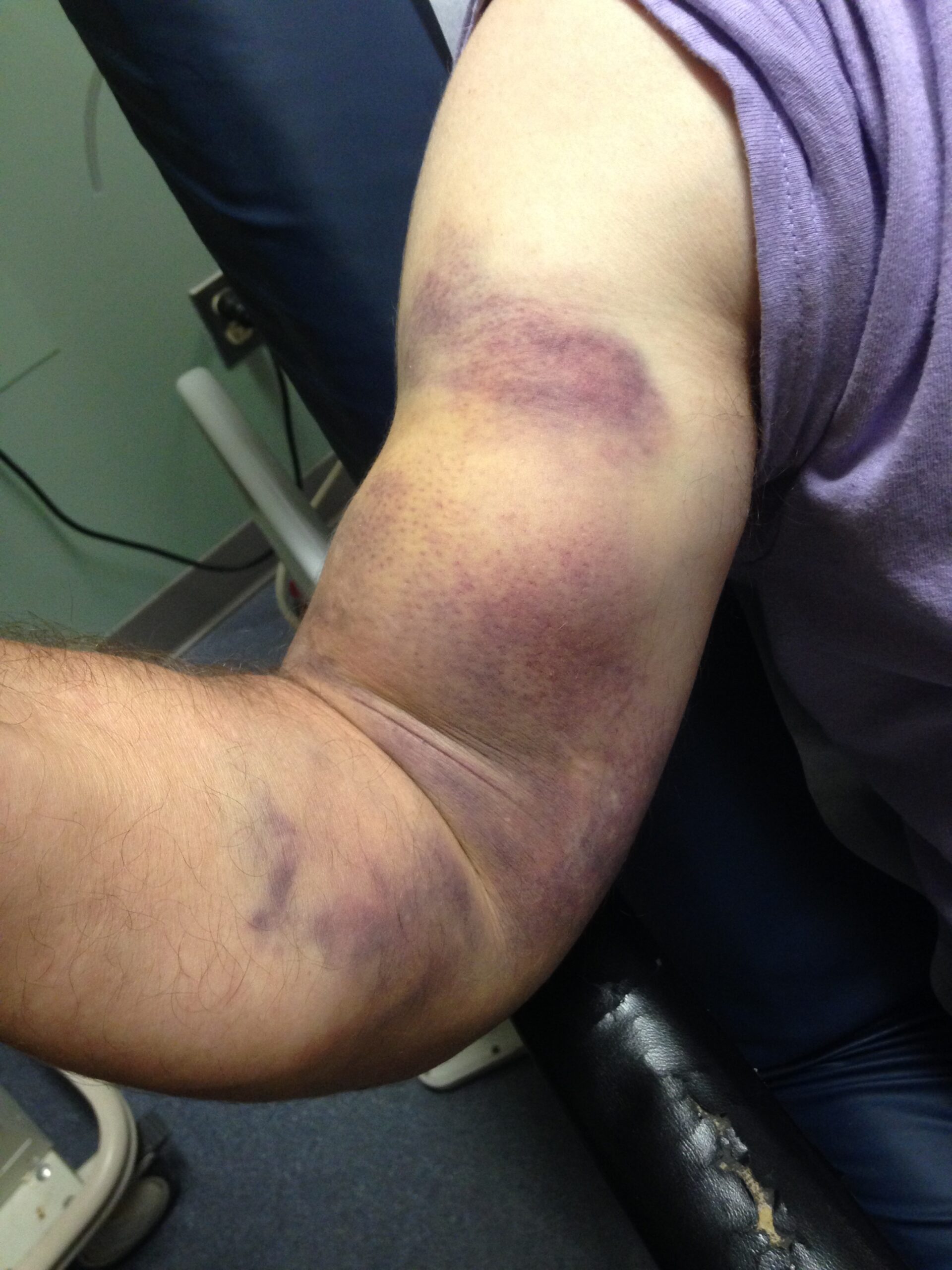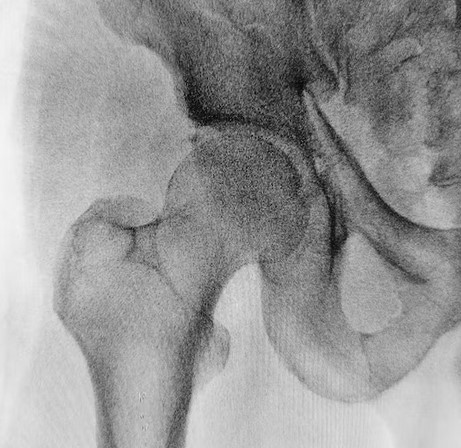Biceps Tendon Rupture Physiotherapy
Everyone knows the biceps – it’s usually called “the guns” of the body…but sometimes the tendons of the biceps muscle can tear at the insertion site because of falls, sports injuries, car accidents etc.
Most of the time, bicep tendon tears happen at the bicep tendon that’s near the shoulder; and moreso in men than women. Also, it tends to happen at ages 40-60+ due to wear and tear over time, though it can happen to anyone at any age.
Contents
What’s a biceps tendon rupture?
To understand this injury, we first need to understand our shoulder, which is made of 3 bones:
- the upper-arm bone (humerus),
- the shoulder blade (scapula)
- the collar bone (clavicle)

The biceps muscle has 2 tendons that attach it to the shoulder and travel the length of the upper arm and insert just below the elbow. The biceps muscle is responsible for bending (flexing) the elbow and rotating the forearm.
One of the tendons is called the “long head” of the biceps muscle; it attaches to the upper-arm bone. The second area of attachment is called the “short head” of the biceps; it attaches the muscle to a bony bump on the shoulder blade called the coracoid process.
Most of the time, biceps tendon ruptures will happen at the long head of the biceps at the upper-arm bone, leaving the second attachment at the shoulder blade intact. If this happens, the patient’s arm can still be used after this type of rupture, but will have some weakness will be present in the shoulder and upper arm.
A biceps tendon tear can either be partial, when part of the tendon remains intact and only a portion is torn away from the bone, orcomplete, where the entire tendon is torn away from the bone (100% rupture).
What does a biceps tendon rupture feel like?
Patients may experience:
- Sharp pain in the upper arm or elbow
- Hearing a “pop” or snap at the shoulder or elbow region
- Bruising and swelling in the upper arm and elbow
- Weakness in the arm when bending the elbow, rotating the forearm, or lifting the arm overhead
- Tenderness in the shoulder or elbow
- Muscle spasms in the shoulder and arm
- A bulge or deformity in the lower part of the upper arm (something like “Popeye’s arm”)
Who’s more at risk of rupturing their biceps tendon?
Though everyone has equal risk of getting it, but there’s a bunch of people who have more risk:
- those who tend to perform repetitive overhead lifting
- work in occupations that require heavy lifting
- athletes who lift weights
- athletes who play aggressive contact sports such as rugby
How to diagnose biceps tendon rupture?
Most of the time, a biceps tendon rupture is pretty straightforward as it’s usually pretty obvious with pure visual and palpation observation with full ruptures.
The doctor will ask you several questions regarding
- your medical history
- your regular daily tasks at home and at work
- your recreational or sports activities
They will ask how the injury happened and where you are having pain and/or weakness. They will examine your entire upper arm for bruising or swelling, and gently touch it to determine if there is any tenderness over the biceps region at the shoulder, upper arm, or elbow.
You will also get assessed on the amount of motion and strength present on the involved side in the shoulder, forearm, and elbow, compared to the noninvolved side. Functional testing may also be performed to determine what daily tasks are difficult for you to perform such as
- lifting an object
- reaching overhead
- reaching behind the body
- rotating the forearm to open a door
How physiotherapists can help

A biceps tendon rupture often is treated without surgery (especially in the case of partial tendon tear; full ruptures will often require corrective surgery).
Biceps tendon rupture physiotherapy/hand therapy treatment may include:
- Rest. You will be instructed in ways that allows the limb to rest to promote healing.
- Cold Therapy. Applying ice to the affected area to manage pain and swelling.
- Range-of-Motion Activities. You will learn gentle mobility exercises for the shoulder, elbow, and forearm, so your arm joints does not get stiff during the healing process.
- Strengthening Exercises. As the pain and swelling ease, gentle strengthening exercises with resistant bands or light weights will be added.
- Functional Activities. You will learn exercises to help you return to the activities you performed before the injury.
- Education. You will learn how to protect your joints from further injury; learning how to properly lift objects once the arm is healed, and how to avoid lifting objects that are simply too heavy.
Can you prevent bicep tendon ruptures?
To prevent a biceps tendon rupture, individuals should:
- Maintain proper strength in the shoulder, elbow, and forearm.
- Avoid repetitive overhead lifting and general overuse of the shoulder, such as performing forceful pushing or pulling activities, or lifting objects that are simply too heavy. Lifting more than 150 pounds can be dangerous for older adults.
- Use special care when performing activities, such as lowering a heavy item to the ground.
- Avoid smoking; it introduces carbon monoxide into the body and leaves less oxygen for the muscles to grow and heal.
- Avoid steroid use, as it weakens muscles and tendons.
Where To Next?
- Go to Home / Start
- Learn and find out more about your pains (bones, muscles, joints, tendons, ligaments, nerves etc) at Pain Conditions & Injuries
- Visit our shop to see products we recommend for pain relief, heating, treatments and more
- Contact us






